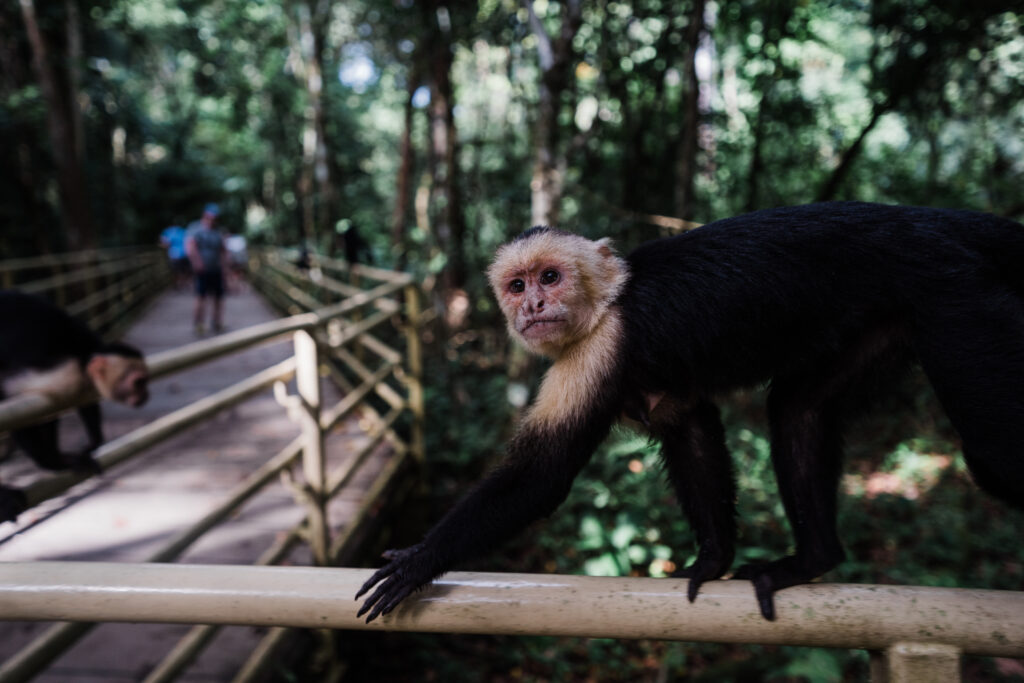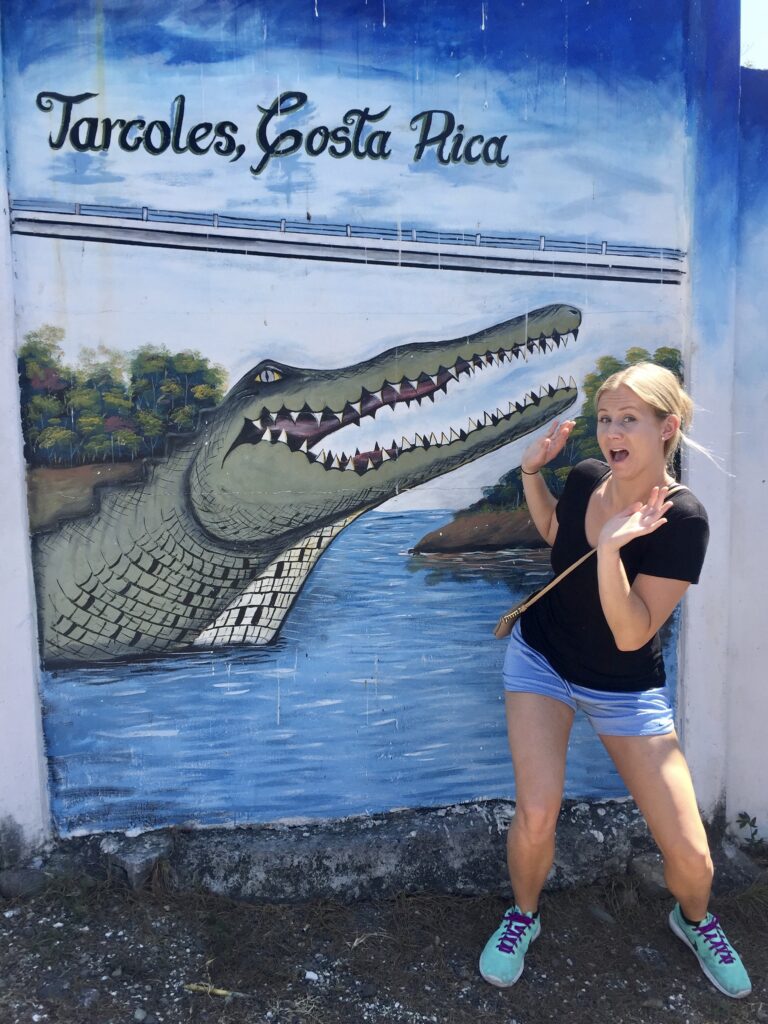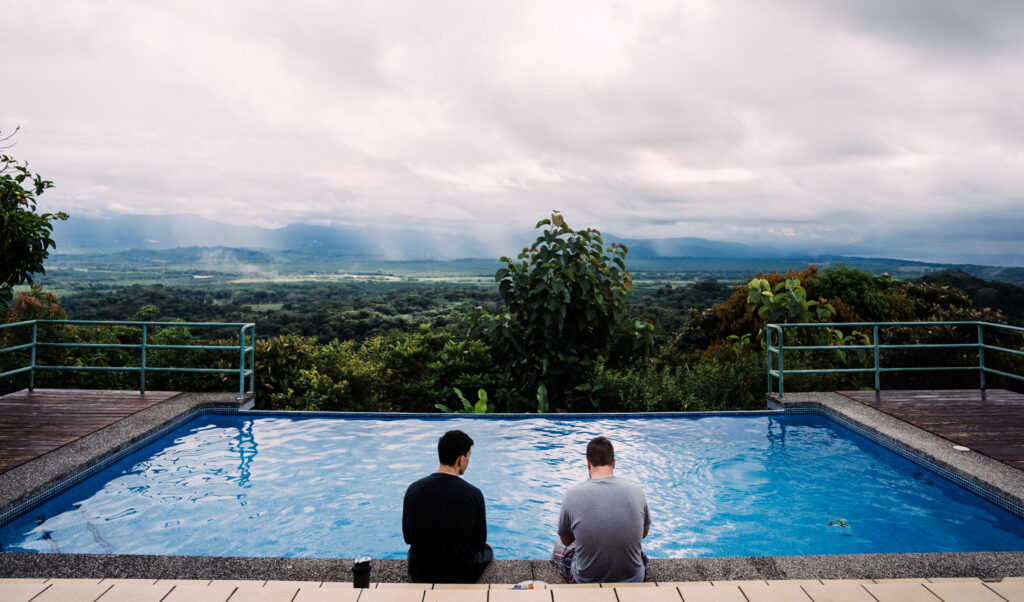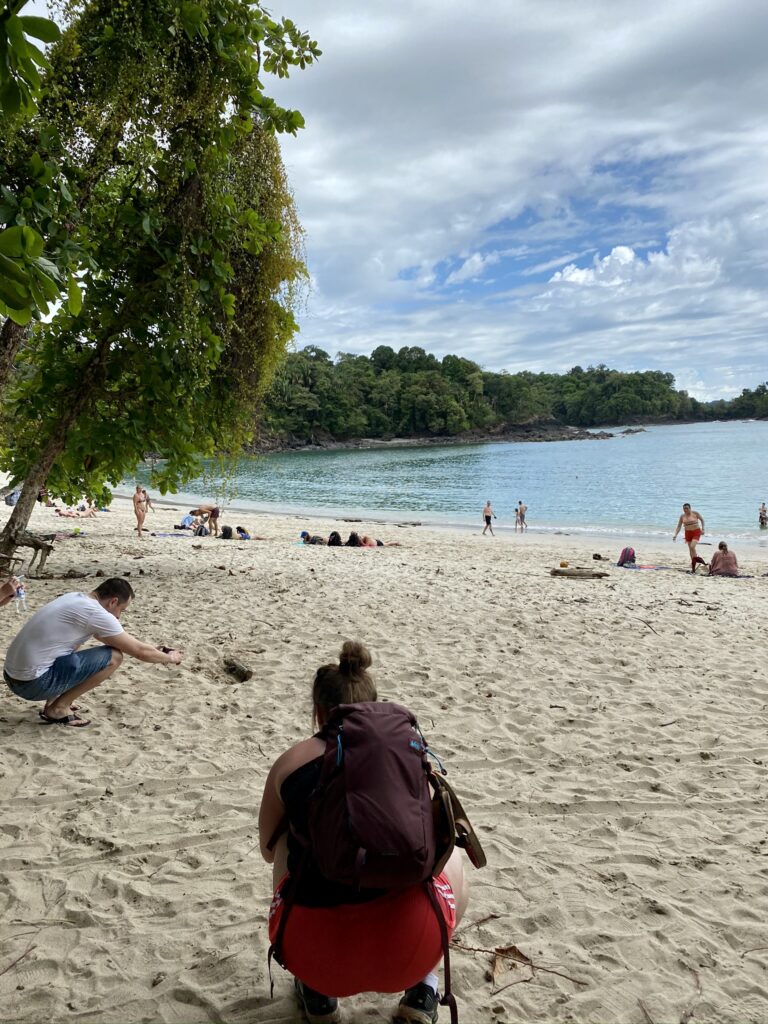Costa Rica provides some of the most biodiverse natural beauty in the entire world! Of all these offerings, Manuel Antonio National Park (NP) is widely considered one of the best if not the best place to take in many of the wonders this fantastic country has to offer.
Transportation:
Manuel Antonio NP is typically reached by an approximately 3 hour drive from the capital city of San Jose. I recommend you take a quick stop to enjoy the views of the Tarcoles River from Crocodile Bridge on your way! There are small shops and restaurants located at this stop which typically includes the sight of countless crocodiles basking in the sun on the riverbank below. You can also fly to Quepos Regional Airport (small town near Manuel Antonio NP) or take a bus from the San Jose airport and be dropped near the gates of Manuel Antonio as well.
Lodging:
There are many small boutique hotels and lodging options just outside the park. Few have direct beach access but many are quaint, attractive, and nestled into the adjacent mountainside. Larger hotels and resorts can be found in the nearby town of Quepos. There are many awesome Airbnb options as well. My first trip to Manuel Antonio NP was with a group of 8. We opted for a fantastic mountainside AirBnB in Quepos which fit our needs perfectly.
Entering the Park:
When entering the park BEWARE of scams! Please read the previous sentence again. The road into the park is lined with people selling their own services as tour guides. They often dress like park rangers but are NOT affiliated with the park. You likely will also have people standing in the road, waving you down and insisting you park in their parking lot. I recommend you don’t. These lots are often more expensive and far from the park entrance. We had many people insist they were the last lot and that we had to park there, which was not the case. You can drive all the way down to the park entrance and typically pay less than $10USD to park there. You will purchase your tickets for Manuel Antonio here as well. If you are interested in a guided tour, consider booking online prior to your arrival.
Practical Info:
Manuel Antonio is actually the smallest national park in all of Costa Rica. The size and popularity of the park results in large crowds forming at times, particularly during the dry season (December to April). Furthermore, entrance to the park is limited to 600 people at a time during the week and 800 during weekends. To mitigate the problem of crowds and lines, consider arriving at the park early. The park is open from 7A-4P from Tuesday to Sunday and admission costs $16USD at the time of this post. There are restrooms in the park as well as water refill stations. Once in the park, visitors can enjoy rainforest hikes, pristine pacific coast beaches, surfing, wildlife watching, and much more!
Hiking in the Park!
The smaller size of Manuel Antonio makes hiking the entire park a reasonable feat. Most opt for doing this over two days, however the determined hiker could likely complete it in one (but who would want to be that rushed?). On my first trip, we did some research, planned, and completed the hiking outline that follows.
As you enter the park there are two main trails, the vehicular access route and the Mangrove Trail. The vehicular access route is wide, full of wildlife and often contains groups on guided tours. It leads to the cafeteria where you can access the main beaches of the park. The Mangrove Trail is a flat raised boardwalk running parallel to the vehicular access route. It connects to the Sloth Trail which also ends at the cafeteria. So in review, both the vehicular access route and the Mangrove/Sloth route are cool, about 0.75 miles, and end at the cafeteria area.
For the motivated hiker, I would next recommend going from the cafeteria area straight up the Mirador Trail. This is the toughest hike in the park. The trail is 0.6 miles one way, relatively steep, and includes many wooden stairs. The view at the top of the surrounding rainforest and ocean is well worth it though in my opinion! After this sweat filled jaunt, I’d recommend returning via the same trail to the cafeteria area. From here you can take a short walk to Manuel Antonio Beach. Note that Espadilla Beach is directly next to Manuel Antonio and may be less crowded.
After Manuel Antonio Beach, I would recommend the Cathedral Point Trail. This is a 0.75 mile loop starting at the north end of Manuel Antonio Beach. The Cathedral Point Trail is a moderate hike encircling the peninsula with three separate compelling lookouts. Completing this loop will take you back to the isthmus between Manuel Antonio and Espadilla Beach. You can return to the cafeteria area and then make your way back to the entrance via the vehicular access trail or the combo of the Sloth to Mangrove trails if you choose. The other option is hiking the sandy flat Playa Espadilla Sur Trail. This 0.5 mile trail runs parallel to Espadilla Beach and offers plenty of beach access points for one last dip before leaving the park. The Espadilla Sur Trail connects near the start of the Mangrove Trail at the southern end of the beach. This path will lead you back to the entrance/exit of the park. Although the park offers several other trails. I believe this overview hits the highlights, offers some challenges, and will provide an enriching blueprint to your day in Manuel Antonio!
Beaches!
There are several beaches in the park but Manuel Antonio Beach and Espadilla Beach are by far the most popular. These two beaches share a narrow isthmus and you can easily go from one to the other to find a good spot. Beware of the troops of hungry capuchin monkeys that fill the trees waiting for any opportunity to steal your food! On my first visit, it was comical to see the ecosystem of monkeys eating turkey sandwiches in the trees and dropping pieces to the droves of iguanas devouring the scraps on the beach below.
Manuel Antonio and Espadilla Beach are beautiful with perfect sand and clear blue water! You can even get surfing lessons as well. For those looking for some more seclusion, Playa Gemelas may be the beach for you. The beach is accessible by hiking a short distance along the Mirador Trail before it connects to the Playa Gemelas Trail, which takes you to the beach. The beach is small, somewhat rocky but very peaceful and beautiful in its own right. During our trip, we stuck to the more popular Manuel Antonio and Espadilla beaches and had a great time!
Wildlife!
Manuel Antonio NP is teaming with beauty and biodiversity. In my experience, this was the best place to view Costa Rican wildlife. Howler, squirrel, spider and white faced capuchin monkeys all call the park home. Of these species, we encountered white faced capuchin monkeys everywhere! These were the culprits stealing the food at the beach as well as scurrying along the boardwalk trails left and right. In addition to monkeys, expect to see a lot of iguanas, crabs, possibly crocodiles, and different species of birds. Visitors can also see sloths, particularly along the main vehicular access trail as well.
We visited the park for one full day and felt like we had enough time to see and enjoy what we wanted. Perhaps if you prefer lots of time relaxing on the beach or want time to hike and enjoy every trail, two days may suit you better. However, regardless of the amount of time you choose to stay, I’m certain you will enjoy your time exploring Manuel Antonio NP!
Other Top Posts!
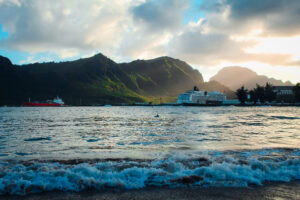
Your Ultimate Trip To Kauai: Exploring the East Shore
From the logistics of hotels and rental cars to the fun stuff like beaches, rum tastings, and lighthouses, we’ve got you covered on Kauai’s East Shore!

Top 7 Things to do in Seward, Alaska: Your Epic 48-Hour Itinerary
From a glacier hike and boat tour of Kenai Fjords National Park, to coffee on the water and fish chowder downtown, we’ve got you covered on planning your next trip to Seward, Alaska!
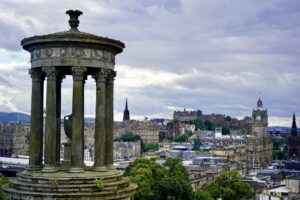
Ultimate Scotland 8 Day Travel Itinerary (Part 3)
Through the Cairngorms to Edinburgh, let the third and final part of this Scotland 8 day travel itinerary help you start planning your next adventure today!
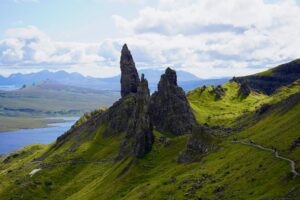
Ultimate Scotland 8 Day Travel Itinerary (Part 2)
From the Isle of Skye to Loch Ness and Inverness, let part 2 of this post help you plan the most epic Scotland 8 day travel itinerary!
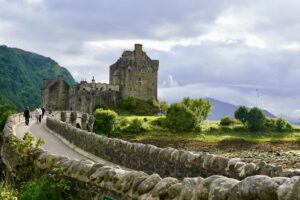
Ultimate Scotland 8 Day Travel Itinerary (Part 1)
From Edinburgh Airport to Glencoe and the Isle of Skye, let part 1 of this post be your guide to an ultimate Scotland 8 day travel itinerary!

Perfect 3-Day Itinerary for Prague, Czech Republic
From the city’s red roofs to the walls of the “Yellow Submarine” pub, there is plenty of history to explore in Prague; medieval and modern.
